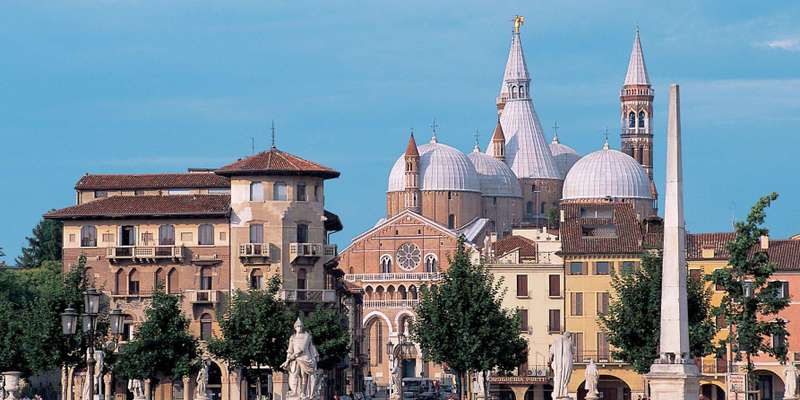- Home
- Useful Tips
- Padua's historic astronomical...
Padua's collection of historic astronomical instruments represents one of Europe's most significant scientific heritage sites, yet most visitors miss its profound significance. Over 80% of day-trippers focus solely on the Scrovegni Chapel, unaware that the University of Padua's Specola museum houses celestial navigation tools that guided Renaissance explorers. The frustration comes when travelers finally discover these marvels - often too late to properly appreciate them or secure guided access. Jumbled signage and technical descriptions leave casual visitors confused about why these brass astrolabes and mechanical spheres revolutionized human understanding of the cosmos. For history buffs and science enthusiasts alike, failing to grasp the context of these instruments means missing Padua's true intellectual legacy - where Galileo's contemporaries first measured the stars.


Decoding the Specola's complex layout without a guide
The Specola museum's tower rooms follow a 18th-century pedagogical sequence that modern visitors often find disorienting. Starting with terrestrial globes on the lower floors and progressing to celestial instruments above, the original educational journey gets lost without context. Local professors recommend beginning your visit on the meridian line floor, where sunlight still tracks noon through historic apertures exactly as designed in 1777. This tangible demonstration helps you appreciate how subsequent instruments built upon these principles. The armillary sphere room makes far more sense when you've first seen its components isolated in earlier displays - a connection most miss when rushing through. Take time to examine the dual-function instruments near windows; many combine astronomical calculations with artistic engravings of zodiac constellations.
Timing your visit for hands-on experiences
While the Specola operates daily, only Wednesday and Saturday mornings offer access to the instrument demonstration sessions. These 30-minute slots (10:15am and 11:45am) let you see replicas of Galileo's geometric compass in action - the Renaissance equivalent of a scientific calculator. Arrive by 9:30am to secure spots, as groups are limited to 25 participants. The museum's least crowded period falls between 1:30-3pm, when most tour groups are at lunch. This is ironically the best time to photograph the delicate parchment astrolabes without glare from the tower windows. During summer solstice week, special evening openings allow observation through the original 1765 telescope - an experience requiring advance reservations but costing no more than standard admission.
Combining astronomy sites across Padua
The Specola forms just one node in Padua's celestial heritage trail. A 12-minute walk leads to the Palazzo Bo, where Galileo's original lectern stands in the Aula Magna. Few know about the sundial hidden in the courtyard's pavement - step on its bronze meridian line at solar noon to cast no shadow. The Cathedral's baptistery houses a lesser-known 14th-century fresco depicting the medieval cosmos, perfectly aligned with the winter solstice sunrise. For a complete experience, follow the university district's 'astronomy pavement markers' - brass constellations embedded in sidewalks between key historical sites. These free, self-guided elements transform what could be a quick museum stop into a full intellectual pilgrimage.
Understanding instrument significance without physics knowledge
The beauty of Padua's collection lies in how these instruments made cosmic concepts tangible long before modern technology. The massive quadrant near the staircase wasn't just for measuring stars - its engraved calendar circles helped farmers predict seasons. Look for the 'nocturnal' devices with rotating disks; these pocket-sized tools told time at night by aligning with Polaris. Don't skip the seemingly simple wooden models - these teaching aids demonstrate planetary motion in ways that inspired generations of students. For deeper insight, position yourself near Italian school groups; their teachers often give impromptu explanations more vivid than audio guides. The museum's newest interactive screen (left of the entrance) finally makes these connections clear through 3D animations showing instruments in historical use.



